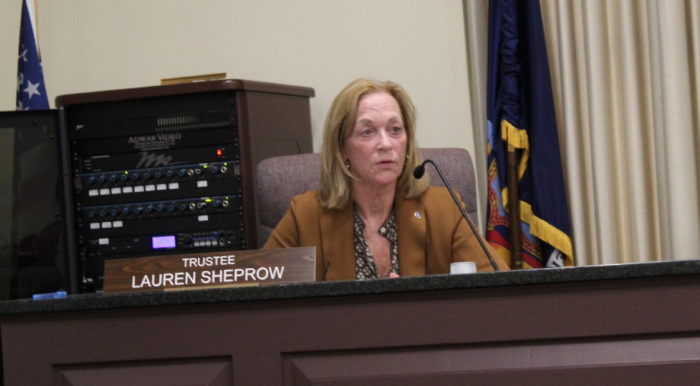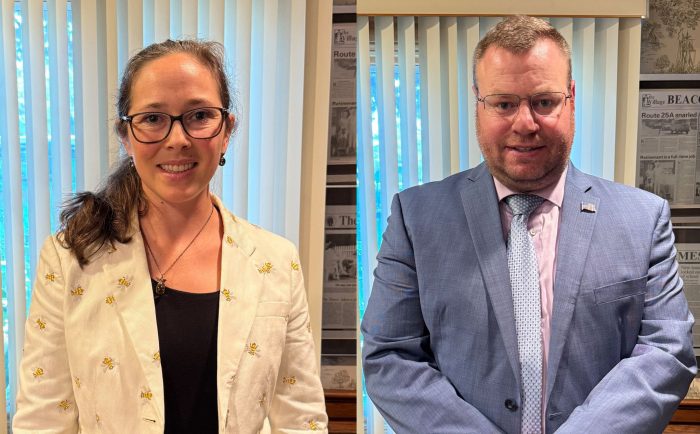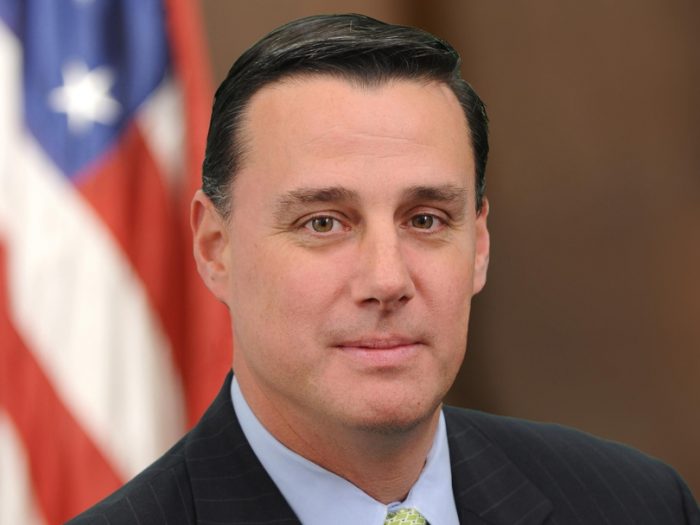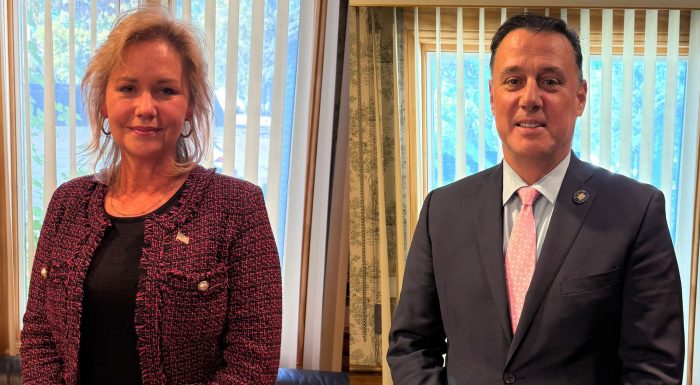By Daniel Dunaief

Many people had an enormous stake in the election.
Beyond the policies, the ideas, the rallies and all the other hoopla around the hotly contested Election of 2024, people contributed significant amounts of money to back their favorite candidate or candidates.
OpenSecrets predicted that the 2024 federal election cycle would be the costliest on record, at $15.9 billion.
That’s a lot of advertisements funded by people who felt compelled to offer their financial support to candidates they thought would be the best for them, their counties, their states and the country.
So, what did we get for all that money?
Well, for starters, we had advertisements that decried the unqualified or awful nature of the other candidate. Sure, I suppose there’s some value in that.
But as a die-hard Yankees fan — a fitting phrase this year after the Bronx Bombers committed the kind of errors my son described as U8 mistakes — I’m not sure I’d want my team to spend so much time and effort trash talking, beating up or insulting their opponents.
Yes, I get it. Sports and politics aren’t the same, and yet, we the fans, supporters and general public invest in people in these arenas, hoping for the best from them.
Talking about how bad the competition is doesn’t make you better. It can scare people into voting for you, I suppose, but that doesn’t seem like a particularly honorable way to win. It also doesn’t set the tone for our children, who watch these advertisements or hear the words from would-be political leaders and wonder why they should exercise restraint on the playground after they’ve heard political leaders call each other names or insult each other.
I suppose all those horrible words and a readiness to “fight” is far preferable to the historic human way of changing government regimes. In previous generations and in non-democratic societies, people shed blood to create a new government or bring in new leaders.
In theory, every four years, We the People can go to the ballot box and alter the direction of the country with our vote.
That brings me back to the money. Beyond the contribution to our candidate, what do we get back for the money we spend?
To borrow from Wall Street, what’s the return on our investment? Can we ask to speak with some of these leaders? Can we send ideas to improve the way government works?
No matter who wins any election, that person has a duty and responsibility to represent everyone, including those people who didn’t vote for them and their adversaries in the election cycle. The once and future president, whether he likes it or not, represents his constituents and his adversaries.
Getting elected doesn’t just give them power: it places enormous responsibility on their shoulders.
They came to us, electronic palms outstretched, asking for money and we gave it to them, despite concerns about our economic future, our desire to save for ourselves and our children and our need to invest in ourselves.
How else could we have spent that money? Could we have taken classes that enabled us to find other jobs? Could we have sent that money to charity to provide for the basic needs of people who are struggling to survive?
Now that donations helped fill many of those seats, those politicians, on day one, should make sure they listen to people, should affect positive changes and policies, and should work to ensure that they reward the public with effective leadership.
Let’s hope that money backed the right candidates, which can and should benefit the entire country.
Is it too much to ask that, one day, we all see a reasonable return on these investments?



















